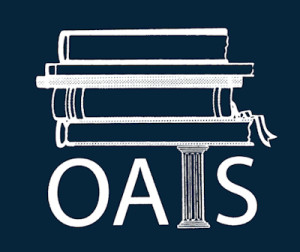Testing and Accountability in Ohio’s Private Schools
In the last several days, there has been a great deal of discussion on Twitter and on the blogosphere regarding the use of standardized tests in private schools, both for students on vouchers and the student population at large, depending on the number of students receiving vouchers in the school. The Fordham Institute kicked things off with its Public Accountability and Private-School Choice Toolkit and since then, many have weighed in to agree or disagree, including Jason Bedrick of the Cato Institute, Michael Petrilli of the Fordham Institute, Robert Enlow of the Friedman Foundation, Matt Ladner on Jay Greene’s blog and Rick Hess on the Education Week blog, among others.
